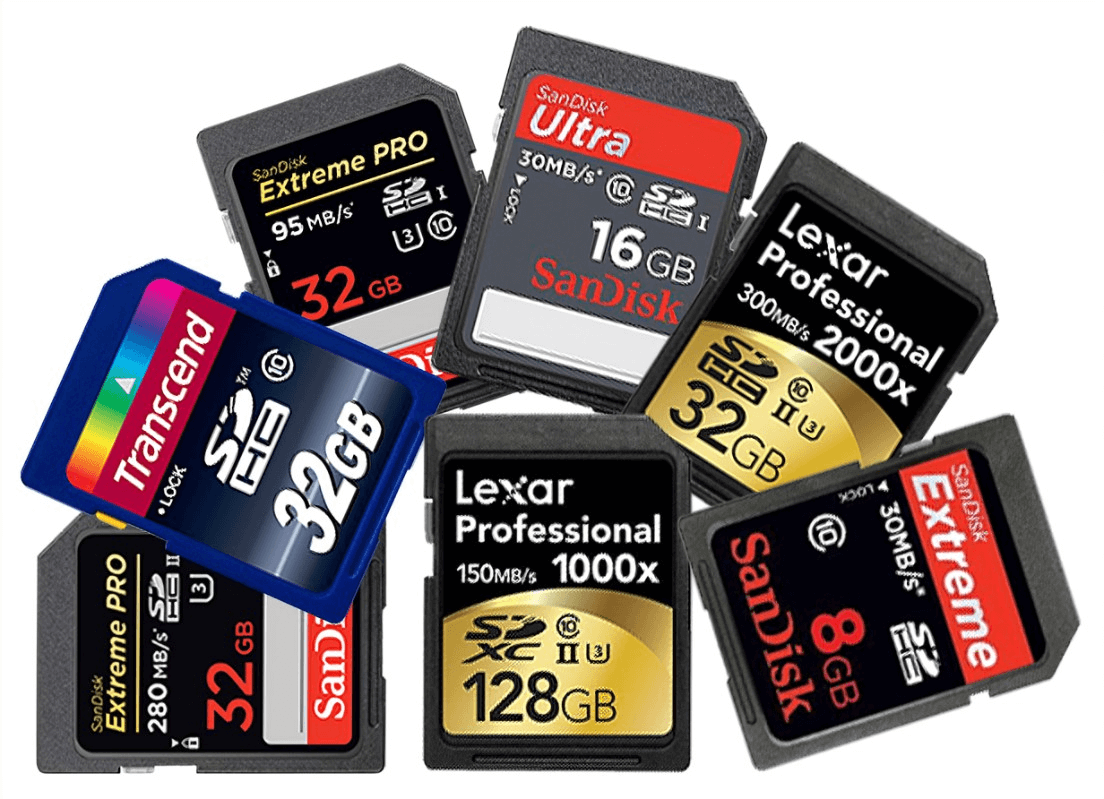Knowing how to enable or disable USB debugging on Android phones is crucial for both common users and developers. It can facilitate the data transfer between computer and mobile devices. In this informative guide, learn how to open and close the USB debugging feature in Samsung S9 and OnePlus phones and other devices. Detailed and easy-to-follow steps are available here. No matter you need to test an App, fix troubleshoot issues or send crucial data, this guide will be helpful for you.
What Is USB debugging?
Android phones have a developer mode called USB Debugging. This mode facilitates communication between Android devices and the Android Software Developer Kit (SDK) via a USB connection.
You can copy data between your computer and Android device, install apps on your device without notification, and view log data by connecting your device to your computer in USB debugging mode. Developers and IT support personnel frequently use it to connect and transfer data from Android devices to computers.

Is USB Debugging Safe
Although connecting your computer and phone is a completely safe process, what you do afterward could put you in danger. You must be cautious and thoroughly examine every file you add to your mobile devices. Applications that are not signed and other code may contain malware, viruses, and other tracking tools. Whenever you transfer files using USB debugging protocols, make sure you have faith in the publishers and developers of those files.
In addition, USB debugging in a public area leaves your data vulnerable to hackers. Connecting your machines with personal hardware is the safest option.
How to Enable USB Debugging Mode on Samsung S9 and OnePlus?
After successfully activating USB debugging on your Android phone, you will be able to communicate between your laptop and your phone. You can establish a connection between the phone and the computer, allowing data transfer between Android phones and computers under this model. Refer to the following instructions to learn how to enable USB debugging mode on Samsung S9 and OnePlus step by step.
How to enable USB debugging mode on Samsung S9
To enable USB debugging mode on the Samsung S9 or S9 Plus, please follow these steps:
Step 1. Select the Application icon on your Samsung S9 to open the Settings menu.
Step 2. Select About phone from the Settings menu, then select Software Information.
Step 3. Scroll down the screen and tap the Build number multiple times (about 7-8 times), a message stating “Developer mode has been enabled” will appear. Then your device’s screen will display “You are now a developer!”
Step 4. Press the Back button, and the Developer Options menu will appear under Settings. Click Developer options.
Step 5. Enter “Developer Options” and enable the “USB debugging” option. Then click “OK” when the message “Allow USB Debugging” appears.

How to enable USB debugging mode on OnePlus
To enable USB debugging on the OnePlus, follow these steps:
Step 1. Open the Settings on your phone. Find “About Phone” at the bottom of the page and tap on it.
Step 2. Tap 7 to 8 times quickly over the build number, which will enable the OnePlus developer options.
Step 3. Enter your device pattern. As a result, the developer options will be enabled.
Step 4. Return to the System menu. Tap on the “Developer Option”.
Step 5. Scroll down to the “USB debugging” section. Toggle the button to activate it, then select OK to confirm it.

Why is USB Debugging Not Working
Sometimes, we may be confused that the USB debugging is enabled but the connection is still failed. If you’ve enabled USB debugging on your Android phone but the Coolmuster software still displays the prompt to enable USB debugging, it’s possible that:
- You didn’t select the USB connection mode on your phone.
- The USB configuration was not set up.
- The driver was not properly installed on the PC.
Check whether you are in the above situations and try to fix connection failure when USB debugging is enabled.
To select the USB connection mode on Android phones, follow these steps:
Step 1. After connecting your phone to your computer via USB, scroll down your phone screen and tap the “Charging via USB” notification for more options.
Step 2. Select “Transfer files” or “Transfer photos” in the popup.

To set up the USB configuration, you need to:
Step 1. Navigate to Settings > Additional Settings > Developer options on your phone.
Step 2. Scroll down to find Select USB Configuration or Default USB Configuration.
Step 3. Choose “RNDIS(USB Ethernet)”, “Audio Source”, or “MIDI” to set up the USB configuration.

To reinstall the drive on your PC, follow these steps:
Step 1. Remove the ADB driver from your computer first. Link your Android device to your computer and enable USB debugging.
Step 2. To access the “Manager” pop-up menu, right-click “This PC” and choose it. The “Computer Management” window will open as a result.
Step 3. Click System Tools > Device Manager. Select “Android Phone” from the window’s right side. Next, right-click “Android Composite ADB Interface” and choose “Uninstall device” (be sure to check the box for “Delete the driver software for this device”).

Step 4. Unplug your Android device from the computer.
Step 5. Open the Coolmuster software on your computer, then reconnect your mobile device to your PC. The driver will be reinstalled on your computer.
After reinstalling the driver on your PC, try to enable USB debugging again.
How to Disable USB Debugging Mode
Even though this USB debugging feature is helpful, connecting a device to a computer compromises its security. For this reason, you may be required by certain organizations to disable this setting. How to disable USB debugging mode? Follow the steps in the following:
Step 1. Navigate to your Android phone’s settings. Locate and hit the “Developer Option”.
Step 2. Locate “USB debugging” by scrolling down. Tap the button to turn it off.

How Do I Enable USB Debugging on My Locked Android Phone?
You must first figure out how to unlock the device if you need to enable USB debugging on an Android phone that has already been locked. Without a working password, you can unlock an Android phone in a number of ways, some of which even don’t require you to download any additional software. To unlock a locked phone and enable USB debugging the easiest way is to activate the Forgot password feature:
Step 1. Try repeatedly inputting the wrong password onto the lock screen.
Step 2. Press the “Forgot password” button when it shows up.
Step 3. To log in, use the phone’s linked Google credentials.
Step 4. Reset the screen passport of your phone.

Or you can try specialized unlocking software to unblock your phone. Some of those techniques, meanwhile, might erase any personal information stored on the device. After you open the Android phone, you can enable the USB debugging manually by referring to the steps mentioned before.
How to Enable or Disable USB Debugging on iPhone
You can permit your iPhone to access accessories. To enable or disable USB debugging on your iPhone, you just need to Navigate to Settings > Face ID & Passcode or Touch ID & Passcode and enable Accessories under Allow Access When Locked.
The Allow Access When Locked option in Face ID & Passcode Settings on iPhone is disabled by default for Accessories. You may need to unlock your device to connect accessories if the Accessories setting is turned off.

Similarly, to disable the USB debugging and other accessories on your iPhone, you just turn off the button.
For more detailed steps, you can refer to the how-to video on YouTube: https://www.youtube.com/watch?v=UBKqRyUXX2M.
Can We Enable Android USB Debugging on Windows
Yes. You are able to enable USB debugging on Android from a PC remotely.
Step 1. On your Android device, open the Developer Options screen. Turn on the USB Debugging option.
Step 2. Launch Microsoft Edge on your development computer. Go to edge://inspect in the Address bar.
Step 3. Use a USB cable to connect your Android device straight to your development computer. When you attempt to connect for the first time, a notification about DevTools identifying an unknown device ought to appear. On your Android device, acknowledge and accept the Allow USB Debugging permission prompt.

Step 4. Use your development machine to debug content on your Android device.
Looking for more comprehensive and professional information, you can refer to the article here.
The Bottom Line
In this comprehensive guide to USB debugging, we introduced how to enable or disable it on your Android mobile device. Meanwhile, we have talked about other tips and tricks for USB debugging that you may be curious about.
Try to enable or disable USB debugging according to the steps mentioned above. To ensure your personal privacy, you’d better be aware of some wrong actions that may leak your data when using the USB debugging feature.
I am a content writer specializing in the technology and data fields. With over 5 years of writing expertise, I have produced clear, engaging content to communicate complex information to a variety of audiences. I am skilled at translating technical concepts about the latest software, AI systems, data recovery, file and video repair, and digital trends into easily understandable language for the average reader. My articles and copy bring clarity to murky tech topics through the use of metaphors, analogies, and strategic explanations.







